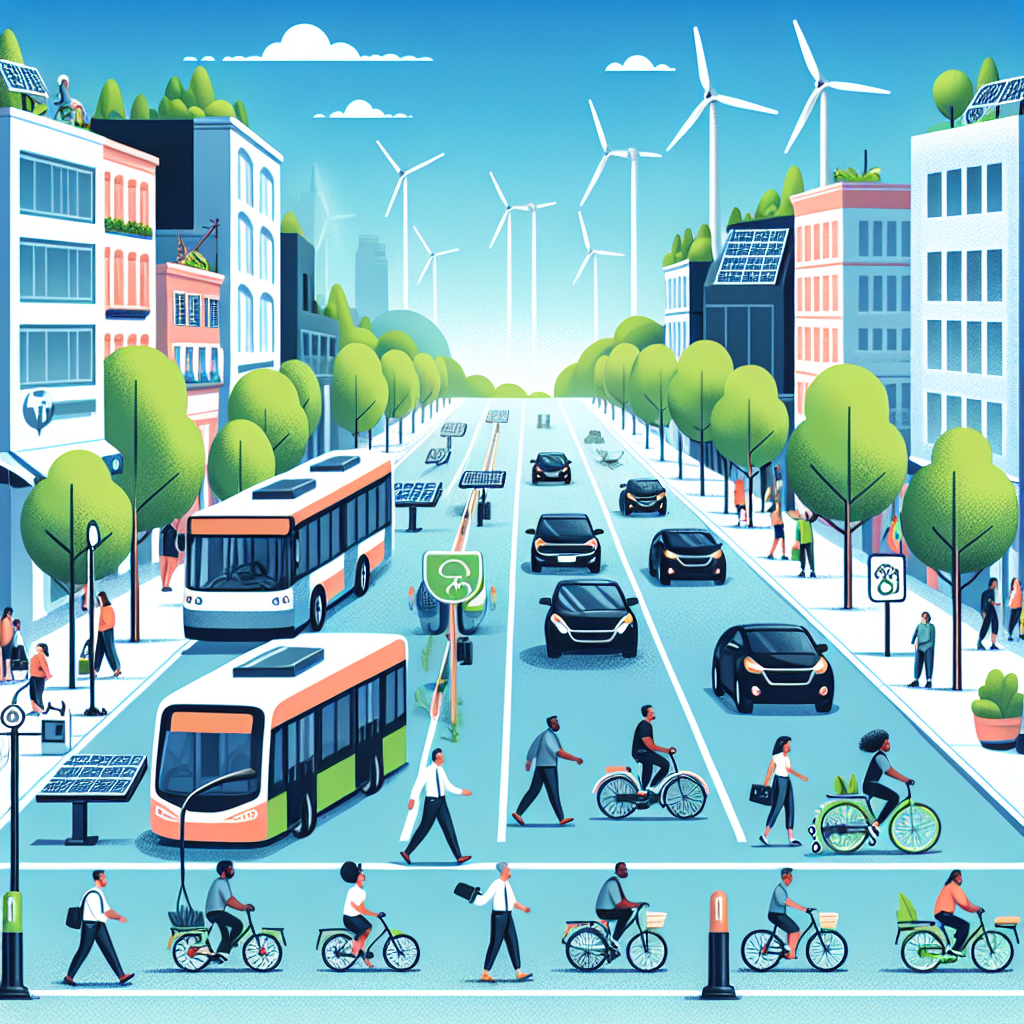As the world continues to grapple with the effects of climate change, the need for sustainable travel options has never been more pressing. Fortunately, there are numerous success stories from around the world that showcase how eco-friendly transportation initiatives can make a real difference in reducing carbon emissions and protecting the environment.
Green Vehicles in Amsterdam, Netherlands
One of the most well-known examples of sustainable travel is found in Amsterdam, where the city has implemented an extensive network of cycling lanes and bike-sharing programs. In fact, over 60% of trips within the city are made by bicycle, making it one of the most bike-friendly cities in the world. This not only reduces carbon emissions but also promotes physical activity and improves air quality.
Solar-Powered Trains in India
In India, solar-powered trains have been introduced to help reduce reliance on fossil fuels and decrease greenhouse gas emissions. These trains are equipped with solar panels on their roofs that generate electricity to power lights and fans onboard. This initiative not only reduces carbon emissions but also helps to lower operating costs for Indian Railways.
Electric Buses in Shenzhen, China
Shenzhen, China is another city leading the way in eco-friendly transportation with its fleet of electric buses. In 2017, Shenzhen became the first city in the world to electrify its entire bus fleet, totaling over 16,000 vehicles. This switch to electric buses has significantly reduced air pollution and improved air quality in the city.
Biofuel Ferries in Sweden
In Sweden, biofuel ferries have been introduced as a sustainable alternative to traditional diesel-powered vessels. These ferries run on a blend of biodiesel made from recycled cooking oil and regular diesel fuel. By using biofuels, these ferries emit fewer greenhouse gases and help reduce reliance on fossil fuels.
Hydrogen-Powered Cars in California
In California, hydrogen-powered cars are gaining popularity as an eco-friendly alternative to traditional gasoline vehicles. These cars use hydrogen fuel cells to generate electricity that powers an electric motor. Not only do hydrogen-powered cars produce zero tailpipe emissions, but they also have a longer driving range compared to battery-electric vehicles.
Eco Mobility Initiatives in Bogota, Colombia
Bogota, Colombia has implemented a number of eco mobility initiatives aimed at reducing traffic congestion and promoting sustainable transportation options. One such initiative is Ciclovia, where over 120 kilometers of roads are closed off to cars every Sunday for cyclists and pedestrians to enjoy. Additionally, Bogota has invested in a Bus Rapid Transit system that helps reduce carbon emissions and improve air quality.
Conclusion
These case studies highlight just a few examples of how eco-friendly transportation initiatives can make a positive impact on reducing carbon emissions and promoting sustainable travel options around the world. Whether it’s through cycling infrastructure, electric vehicles, or biofuels, there are numerous ways that cities and countries can work towards creating a more environmentally friendly transportation system.

Leave a Reply